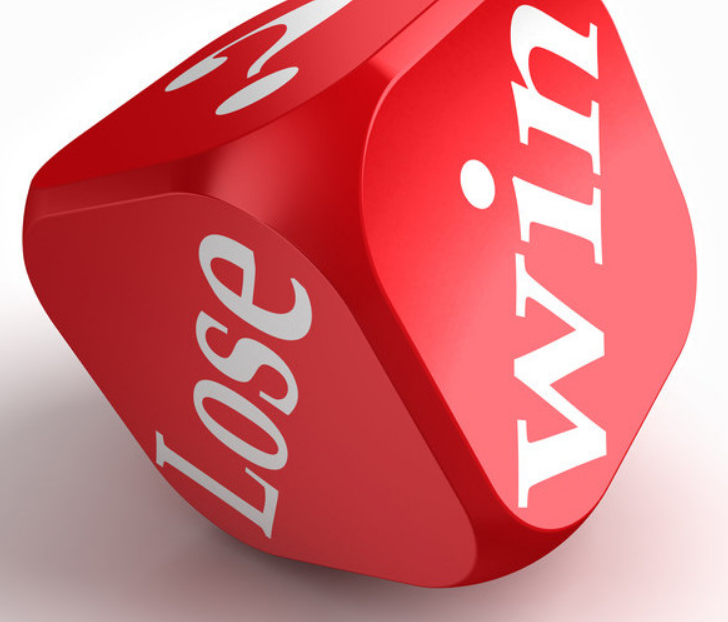If you like working with money, then maybe day trading for a living is what you should be doing. This type of trading works daytime hours only, from the moment the stock market opens at 9:30am until it closes at 4pm in the afternoon, you can do a lot of trading in that amount of time. Day trading for livings with your own money, if you loose it, then you have no one to blame but yourself. However, it may be a good way to watch your money grow too. The following is the basic definition of what day trading is all about. Maybe it is your cup of tea, maybe not, only you can decide.
What is Day Trading?
Day trading for a living is when you take a position in the markets with a view of squaring that position before the end of that day. Day trading for a living mean a trader usually trades many times a day looking for fractions of a point to a few points per trade, however, by the end of the day he or she will close out all their positions. The goal of the day is to capitalize on price movement within one trading day. Unlike investors, the day trader will hold positions for only a few seconds or minutes, and never overnight.
What day trading really means.
The meaning of day trading is actually a misunderstood term. True day trading means not holding on to your stock positions beyond the current trading day, meaning your not suppose to hold on to your stock overnight. Trading this way is really the safest way to do day trading, this way one is not exposed to the potential losses that can happen if the stock marked is closed due to news that can affect the prices of your stocks. There are many people out there today who are not very good “day traders.” Because of greed, they will hold their stock position overnight, setting themselves up for the catastrophic elimination of their capital. In day trading currency, the term “day trading” changes slightly. Because currencies can be traded 24-hours a day, there can’t’ really be any overnight trading. You can have open positions for longer than a day with active stop losses than can be activated at any time.
There are a few different types of day traders out there today, it can actually be subdivided into a number of styles.
Scalpers- This type of day trading involves the rapid and repeated buying and selling of a large amount of stocks within minutes or seconds. The goal here is to earn a small per share profit on each transaction while minimizing the risk.
Momentum Traders- This style of day trading involves identifying and trading stocks that are in a moving pattern during the day, in an attempt to buy such stocks at bottoms and sell at tops.
The advantages of day trading for a living is there are no overnight risks. Because positions are closed prior to the end of the trading day, news and events that affect the next trading day’s opening prices do not affect your portfolio. Day trading for a living takes skill, experience, and knowledge. Make sure you get educated before you decide to take that on as your main source of income.
The Profit Room




